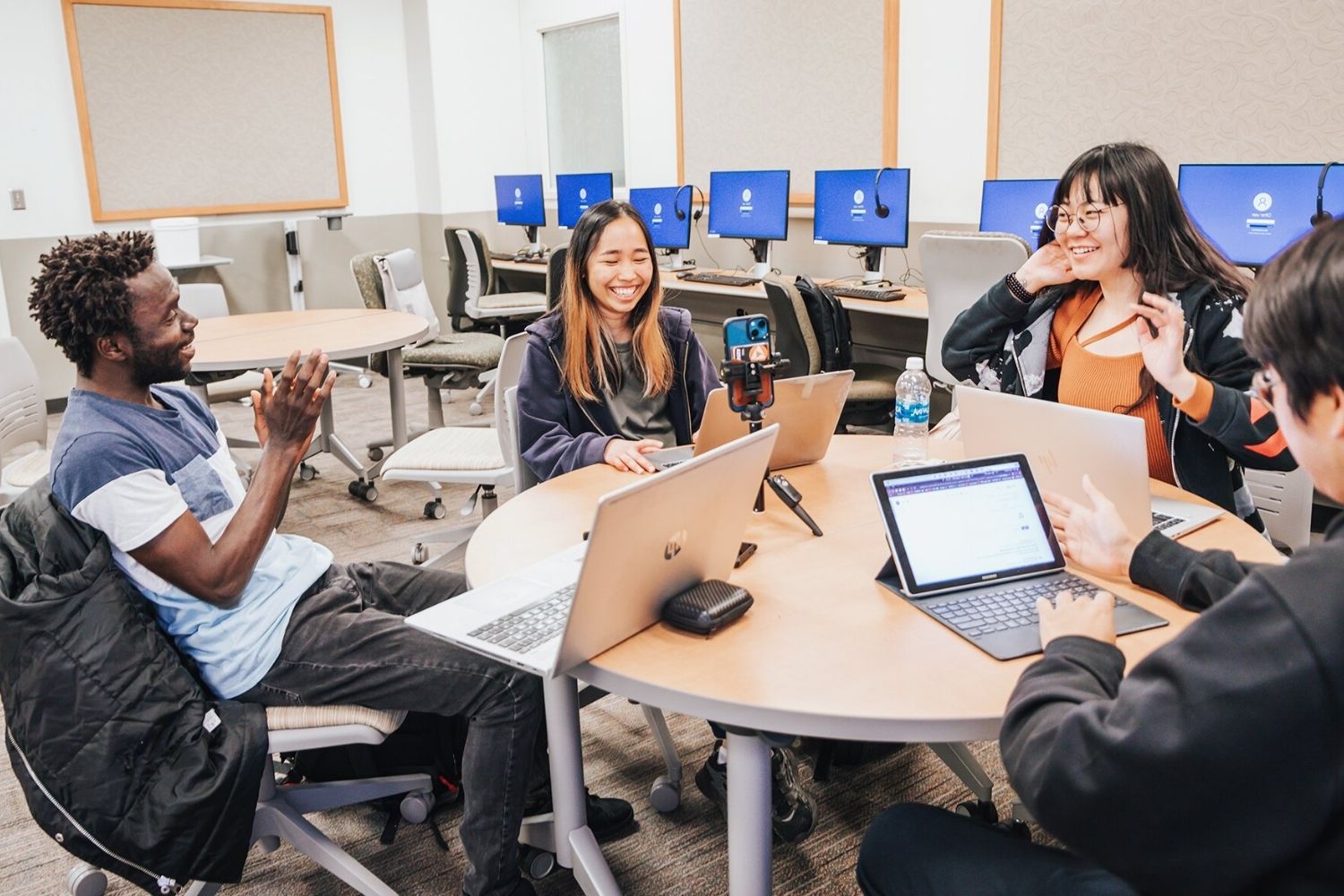
What is linguistics? Linguistics is the scientific study of language and its structure. It dives into sounds, words, sentences, and meaning. Why is it important? Understanding linguistics helps us grasp how languages evolve, how we communicate, and how our brains process language. Who studies linguistics? Linguists, researchers, and even computer scientists explore this field. What can you learn from it? You can learn about phonetics, syntax, semantics, and sociolinguistics. How does it impact daily life? It influences everything from language learning apps to speech therapy. Why should you care? Knowing about linguistics can improve communication skills and cultural understanding. Ready to learn some cool facts? Let's dive in!
The Fascinating World of Linguistics
Linguistics, the scientific study of language, unravels the mysteries of human communication. From the sounds we make to the structure of our sentences, linguistics covers it all. Here are some intriguing facts about this captivating field.
The Origins of Language
Understanding where language comes from helps us grasp its complexity and evolution.
- Proto-Indo-European is believed to be the ancient ancestor of many modern languages, including English, Spanish, and Hindi.
- The oldest written language is Sumerian, dating back to around 3100 BCE in ancient Mesopotamia.
- Linguistic relativity, also known as the Sapir-Whorf hypothesis, suggests that the language you speak can influence how you think and perceive the world.
Language Families
Languages are grouped into families based on common ancestry.
- The Indo-European family is the largest, encompassing languages spoken by nearly half the world's population.
- The Sino-Tibetan family includes Mandarin, the most spoken language globally, with over a billion speakers.
- The Afro-Asiatic family covers languages like Arabic and Hebrew, spoken across North Africa and the Middle East.
Phonetics and Phonology
These subfields focus on the sounds of language.
- Phonetics studies the physical sounds of human speech, including how they are produced and perceived.
- Phonology examines how sounds function within a particular language or languages.
- The International Phonetic Alphabet (IPA) is a system of symbols representing each distinct sound in human speech, used by linguists to transcribe languages accurately.
Morphology and Syntax
These areas explore the structure of words and sentences.
- Morphology looks at the formation and structure of words, including roots, prefixes, and suffixes.
- Syntax studies how words combine to form sentences and phrases, focusing on rules and patterns.
- Agglutinative languages, like Turkish and Finnish, use a lot of affixes to express grammatical relationships within words.
Semantics and Pragmatics
These fields delve into meaning and context in language.
- Semantics is the study of meaning in language, including how words and sentences convey meaning.
- Pragmatics examines how context influences the interpretation of language, including speaker intent and situational factors.
- Polysemy refers to a single word having multiple related meanings, like "bank" (financial institution) and "bank" (side of a river).
Sociolinguistics
This branch explores the relationship between language and society.
- Sociolinguistics investigates how language varies and changes in social groups, including factors like region, class, and gender.
- Code-switching occurs when a speaker alternates between two or more languages or dialects within a conversation.
- Pidgins and creoles are languages that develop from the blending of different languages, often in contexts of trade or colonization.
Psycholinguistics
This area studies the psychological processes behind language use.
- Psycholinguistics explores how the brain processes language, including comprehension, production, and acquisition.
- The critical period hypothesis suggests there is an optimal window in early childhood for acquiring language naturally and effortlessly.
- Bilingualism can enhance cognitive abilities, including problem-solving and multitasking skills.
Language Change and Evolution
Languages are constantly evolving and changing over time.
- Language change can occur through processes like sound shifts, borrowing from other languages, and the creation of new words.
- Grimm's Law describes a set of sound changes that occurred in the early Germanic languages, helping to trace their evolution.
- Neologisms are newly coined words or expressions that may arise from technological advances, cultural changes, or creative language use.
Endangered Languages
Many languages are at risk of disappearing.
- Endangered languages are those at risk of falling out of use, often as speakers shift to more dominant languages.
- Language revitalization efforts aim to preserve and revive endangered languages through education, documentation, and community initiatives.
- UNESCO estimates that nearly half of the world's languages could disappear by the end of the 21st century, highlighting the urgent need for preservation efforts.
The Final Word on Linguistics
Linguistics is a fascinating field that dives deep into how we communicate. From understanding the origins of languages to exploring how they evolve, it’s clear that language shapes our world in countless ways. Knowing that there are over 7,000 languages spoken today highlights the diversity and richness of human expression. The study of phonetics, syntax, and semantics helps us grasp the complexities of communication. Plus, the role of sociolinguistics shows how language influences and reflects our social identities. Whether you’re a language enthusiast or just curious, linguistics offers endless insights into the human mind and culture. So next time you hear a new word or phrase, remember there’s a whole science behind it. Keep exploring, keep questioning, and most importantly, keep communicating.
Was this page helpful?
Our commitment to delivering trustworthy and engaging content is at the heart of what we do. Each fact on our site is contributed by real users like you, bringing a wealth of diverse insights and information. To ensure the highest standards of accuracy and reliability, our dedicated editors meticulously review each submission. This process guarantees that the facts we share are not only fascinating but also credible. Trust in our commitment to quality and authenticity as you explore and learn with us.
